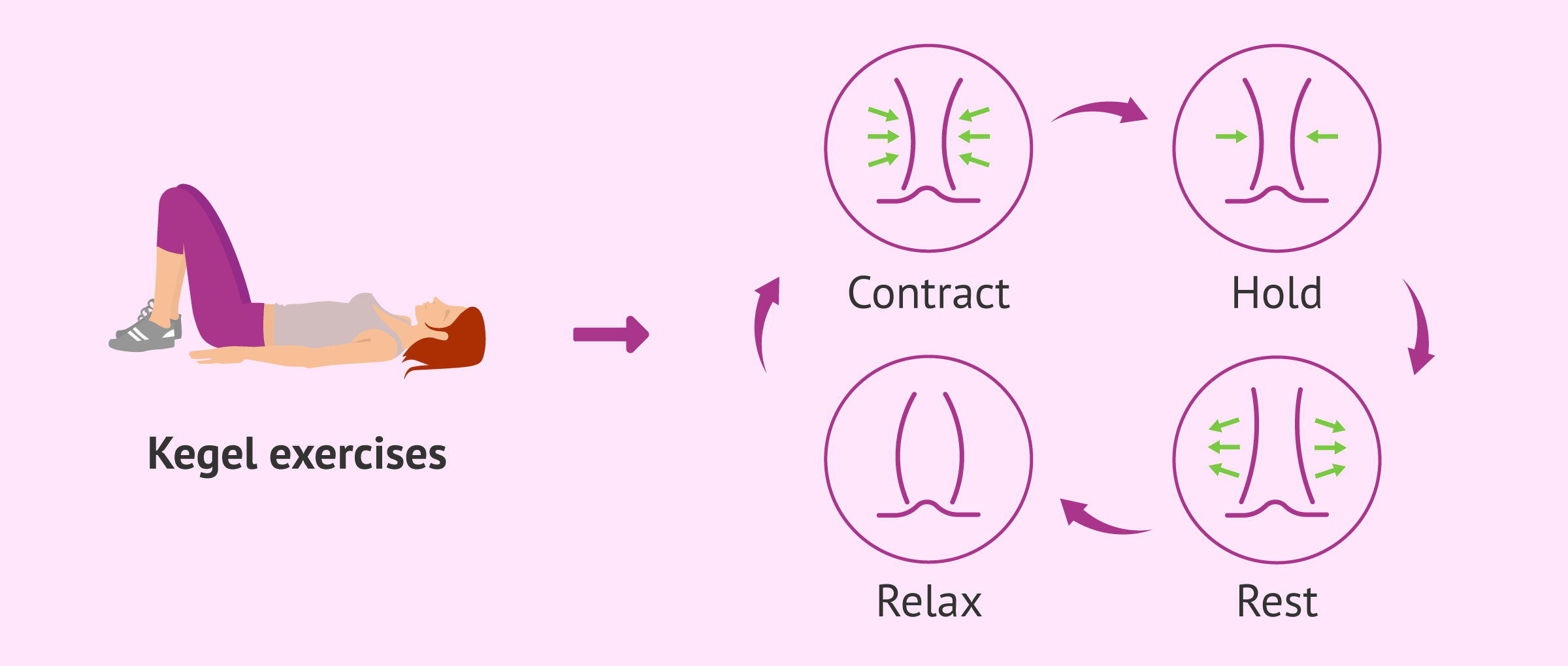Back
What is a Kegel? How to do a Kegel? and How can you do reverse a Kegel?
By Shannon Strauch, PTA, STMT-1 on 12/28/2023

WHAT IS A KEGEL
Kegel is a type of exercise that involves the contraction and relaxation of the pelvic floor muscles (a pelvic floor contraction). These exercises are named after Dr. Arnold Kegel, who developed them in the 1940s to help women with urinary incontinence. However, Kegel exercises are beneficial for both men and women.
The pelvic floor muscles support the bladder, uterus, and rectum. Strengthening these muscles through Kegel exercises can have several health benefits, including:
Improved bladder control:
Kegel exercises can help prevent or alleviate urinary incontinence by strengthening the muscles that control the flow of urine.Enhanced sexual health:
Both men and women can benefit from Kegel exercises to improve sexual function. For women, stronger pelvic floor muscles may enhance sexual pleasure and orgasm. For men, Kegel exercises can help with erectile dysfunction and premature ejaculation.Postpartum recovery:
Kegel exercises are often recommended for women after childbirth to help tone and strengthen the pelvic floor muscles that may be weakened during pregnancy and delivery.Prevention of pelvic organ prolapse:
Strengthening the pelvic floor muscles may reduce the risk of pelvic organs, such as the bladder or uterus, descending into the vaginal space.
HOW TO PERFORM A KEGEL
Performing Kegel exercises involves contracting the pelvic floor muscles as if trying to stop the flow of urine, holding for a few seconds, and then relaxing. It's important to isolate these muscles without contracting the abdomen, thighs, or buttocks. If you're not sure if you are activating the correct muscles, try while sitting on the toilet and stopping or slowing down your urine stream. Don't get frustrated! These are hard muscles to connect to as the message from your brain has to travel all the way down the spinal cord to reach the correct muscles. I like to remind people to contract "UP and IN."
Once you get the hang of the basic Kegel, it's important to strengthen the muscles in two other ways: Quick Flicks and Endurance Holds.
Quick Flicks focus on fast twitch muscle fibers (type 2), the types of muscles that are required for short, powerful bursts of energy (like when you feel a sneeze coming and need to contract to not pee in your pants). For this, fully contract and fully relax your pelvic floor as fast and for as many times as you can in 10 seconds, then rest for 10 seconds. Repeat.
Endurance holds focus on slow twitch muscle fibers (type 1), the types of muscles that are fatigue resistant and focus on long holds and smaller, postural control (IE going for a long walk or being tired at the end of the day). For this, perform the Kegel and try to hold for 10 seconds, then rest for 10 seconds. Repeat.
While Kegel exercises can be done discreetly without any special equipment, some devices, such as Kegel balls or biofeedback devices, may assist in proper muscle engagement. It's advisable to consult with a healthcare professional, such as a Pelvic Floor Physical Therapist for personalized guidance on performing Kegel exercises correctly and to ensure they are appropriate for your individual health needs, as for some people performing Kegels may be the opposite of what they need!
WHAT IS A REVERSE KEGEL
A reverse Kegel is an exercise that involves the relaxation and lengthening of the pelvic floor muscles, as opposed to the contraction and tightening involved in traditional Kegel exercises. While traditional Kegel exercises focus on strengthening the pelvic floor by contracting and lifting the muscles, reverse Kegels aim to release tension and stretch these muscles. By being able to fully contract and fully lengthen the pelvic floor muscles, this will promote a more well-rounded and functional use of the muscles.
The idea behind reverse Kegel exercises is to promote flexibility and balance in the pelvic floor muscles. This can be particularly beneficial for individuals who may have pelvic floor dysfunction characterized by tight or overly tense pelvic muscles.
Here's a simple guide on how to perform a reverse Kegel:
Find a comfortable position:
Sit or lie down in a comfortable position.Take a deep breath:
Inhale deeply and allow your abdomen to expand.Relax the pelvic floor muscles:
Instead of contracting the pelvic floor muscles as you would in a traditional Kegel, focus on consciously relaxing and lengthening these muscles. It may help to imagine the sensation of letting go or releasing tension in the pelvic area.Hold and release:
Hold the relaxed state for a few seconds, then exhale and let go completely.
Reverse Kegel exercises are often recommended for individuals who experience pelvic pain, discomfort, or tension. For women, a reverse Kegel can help improve orgasm and decrease pain with penetration. For men, a reverse Kegel can help with premature ejaculation or erectile dysfunction. Since a reverse Kegel involves relaxing the pelvic floor, it's also advisable to go to the bathroom before performing these exercises.
Again, it's important to note that these exercises may not be suitable for everyone, and individual responses can vary. If you're considering incorporating reverse Kegels into your routine or have concerns about your pelvic floor health, it's advisable to consult with a Pelvic Floor Physical Therapist who can provide personalized guidance based on your specific needs and conditions.
Read More:
Dry Needling for C-Section Scars and Postpartum Recovery By Dr. Christine Martirez PT, DPT on 10/15/2024 Learn how dry needling can be used for c-section scars and c-section recovery How Red Light Therapy Can Be Used to Treat Pelvic Floor Dysfunctions By Dr. Christine Martirez PT, DPT on 10/15/2024 Learn about red light therapy and how it can be used to treat pelvic floor dysfunctions
Are you ready to live pain free?
Request An Appointment